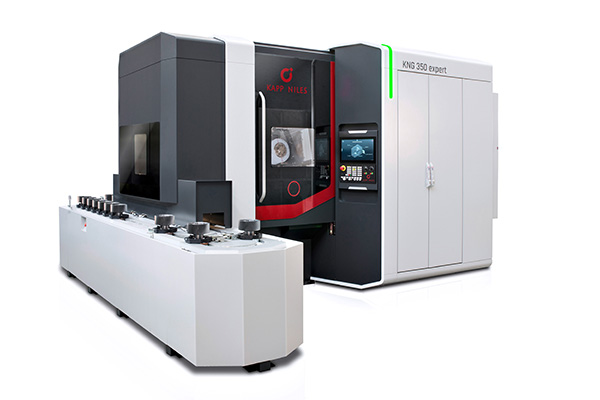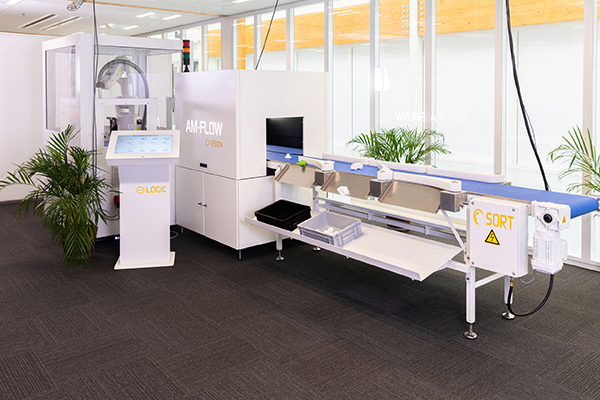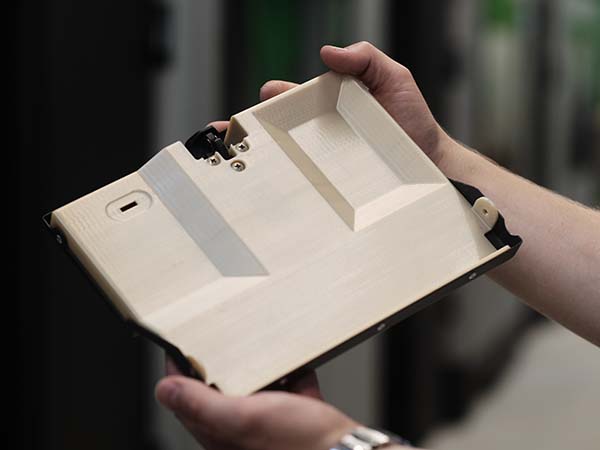
On 16-20 November, Kapp Niles will be hosting a digital event for manufacturers to explore gear technologies and the latest gear-grinding product advancements. Exclusively available in the UK from the Engineering Technology Group (ETG), the Kapp Niles brand is known for its gear-grinding production technology. The webinar series will commence on 16 November with an introduction to Industry 4.0 solutions. On 17 November, Kapp Niles Metrology Division will host a seminar on the efficiency of high-precision gear measurement, which will be followed on 18 November with a webinar on the integration of QA into the gear-finishing process.
For further information
https://expo.kapp-niles.com/























